While the cities of Tokyo, Kyoto, and Osaka continue to get the lion’s share of overseas tourists to Japan, few visitors realize that there is a lot of Japan to see between them. Fewer still know that apart from the traditional “Golden Route” between the cities using the Tokaido Shinkansen, there is another route you can use full of off-the-beaten-path destinations and experiences few overseas visitors will discover. The Hokuriku Arch Pass offers such an option to you, opening up the route known as the New Golden Route of Japan. This is literally a different side of Japan, a less traveled region with its own unique set of traditions, culture, and natural beauty.
What is Hokuriku Arch Pass?
Hokuriku Arch Pass is a train pass that allows unlimited week-long travel on Hokuriku Shinkansen trains operated by JR East and JR West. The prefectures covered along the route include Tokyo, Saitama, Gunma, Nagano, Niigata, Toyama, Ishikawa, Fukui, Shiga, Kyoto, and Osaka. An online map on the JR West website details the stations covered by the Hokuriku Arch Pass. There is also a JNTO catalog of the highlights of the New Golden Route.
The pass is available to visitors to Japan with a temporary visitor entry status and can be used for seven consecutive days. The cost is 24,500 yen for passengers over 12 years old and 12,250 yen for children aged 6-11 (when purchased outside of Japan). The pass can be purchased at ticket offices in Japan or bought online (JR East website or JR West website).
This article is the conclusion of a series of 4 articles about Japan’s New Golden Route, serviced by the Hokuriku Arch Pass offered by JR West and JR East railways. This article will explore two of these prefectures: Kyoto and Osaka.
The Other Kyoto: Venturing Beyond Kyoto City
While Kyoto City needs no introduction as one of the top tourist destinations in Japan, the city itself overshadows the rest of the prefecture, which stretches well beyond the city into the mountains and eventually to the Sea of Japan in the north, and through hilly terrain producing some of Japan’s highest quality teas in the south. This is a shame because there are some incredible places to visit outside of the city, close enough to be a day trip from Kyoto city.
Overnight Stay in a Traditional Thatched Roof House
Kyoto’s mountainous region contains Miyama town (美山町), home to the nation’s largest number of traditional kayabuki thatched roof houses. These houses differ from the buildings you’ll find at Shirakawa-go as they are hipped and gabled, with four sloped roof surfaces instead of just two. About 100 houses of this style remain in the region, but the vast majority now have metal roofs due to the difficulty and expense of maintaining a thatched roof made from traditional grass.
Miyama Futon & Breakfast is run by a craftsman dedicated to preserving the skills and techniques required to build and maintain traditional thatched roof houses. Through his efforts, he has restored many homes in Miyama, including the ones made available as rentals for those who want the experience of staying in a traditional house. Although these houses have modern conveniences like full kitchens and modern baths and toilets, they also retain the traditional infrastructure of the original home with an indoor irori firepit, tatami rooms, and of course, the iconic thatched grass roof.
Miyama Futon & Breakfast also offers hands-on experiences to learn the techniques of building and maintaining thatched grass roofs. Taught by experienced craftsmen, you can try building a section of thatched roof in a workshop without ever leaving the safety of the ground. After spending time building, you will fully appreciate the effort it takes to maintain this beautiful Japanese local tradition. Visitors to this area can also enjoy Kayabuki-no-Sato, a postcard-perfect district of Miyama containing 30 thatched-roof houses out of the roughly 100 remaining thatched-roof houses in the town.
Bamboo Crafts in Kyoto
In Nagaokakyo, south of Kyoto, you’ll discover Takano Chikko, another company preserving the traditional crafts of Kyoto: bamboo crafts. This part of Kyoto is known for its many bamboo groves and high-quality bamboo. Due to its proximity to Kyoto city, bamboo objects used in tea ceremony practices are also produced.
Takano Chikko Chikubuen is located in this area, adjacent to Nagaoka Tenmangu, a large shrine and garden complex. The company has been making bamboo goods related to tea ceremonies for around 50 years but in recent years, it began producing daily-use items such as chopsticks, cups, and bowls. The craftsmen wanted to ensure the survival of the traditional skills and techniques by using them to make other types of items. Visitors can also learn to make bamboo items such as vases or tea ceremony tea spoons from skilled artisans in the workshops.
The bamboo used for crafts here undergoes a process of oil removal and is dried enough for several years before it is used, producing a shiny, high-quality bamboo. Kyoto bamboo is known for being especially hard and dense in Japan, and has long been used as a material for tea ceremony utensils, producing many masterpieces.
Experience “Everyday” Osaka
Osaka is the final destination of the New Golden Route, a favorite destination for foodies and those who enjoy the energy of the spirited people of the city. Even within Japan, Osakans are famous for their jubilant approach toward life and willingness to treat complete strangers as close friends.
Stay in a Renovated Storefront Hotel at Sekai Hotel
This sort of environment is what makes it possible for a new kind of hotel to thrive here. Arriving at the reception desk of Sekai Hotel may seem ordinary, but the hotel’s guest rooms are actually converted shops along the shotengai shopping street that were previously abandoned. Beyond that, the hotel has taken care to develop close relationships with owners of shops and restaurants along the shotengai so that guests can experience life as the locals live it in the area. For example, meals are included in your stay, but you may choose from various restaurants in the area, and a table and time will be reserved for you. Other shops will give hotel guests free samples or discounts when they visit.
Rooms are spacious and modern, with a unique view overlooking the shotengai for those who enjoy people-watching. If you’d rather be down in the action, you’ll be welcomed by locals and shop owners who have become accustomed to Sekai Hotel guests staying in the area and are happy to strike up a friendly conversation with you, as Osakans are well known to do.
The concept behind the hotel is to allow visitors to experience the “ordinary” everyday life in a working-class neighborhood of Osaka. As the hotel continues to gain in popularity and renown, they have clearly struck a chord with visitors to Osaka searching for something real to connect with.
600 Years of Swordmaking History in Sakai City
For the last 600 years, a different type of ordinary has been happening in the nearby city of Sakai (堺市), just south of Osaka city. Masters of blade forging have lived in this area, first as swordsmiths and now as knife smiths, perfecting a craft that started with the age of the samurai. An astonishing 90% of the knives used by professional chefs are said to be produced in Sakai, a testament to the quality of the craftsmanship that continues to be carried on by companies operating for centuries. For these master artisans, producing blades of extraordinary quality has become the ordinary.
The Sakai Traditional Crafts Museum is a great place to get a foundational knowledge of Sakai’s history of knife making and the processes used to produce them. The museum is atmospheric and designed to be attractive to a younger generation who haven’t been interested in the art of knife making in the past. There are 165 different types of knives on display in the museum, from common vegetable knives to those designed to cut a specific type of fish.
Knife sharpening workshops are offered on weekends, and other experiences, such as visiting a real knife forge, can be arranged by a reservation handled through the museum. There are also several English-speaking guides who are often working at the museum.
The shop on the first floor is a professional chef’s paradise, with hundreds of knives made by local association members on sale at a steep discount from local knife shops. It’s not uncommon to find a chef hanging around the shop for hours, examining each knife with great care.
If you’ve taken the time to read through the entire series of four articles, you will now be able to see how much more of Japan there is to explore along the New Golden Route. Take advantage of the incredible value of the Hokuriku Arch Pass and explore parts of Japan you never knew existed.
How to Get Around
All sites listed in this article can mostly be reached by JR trains covered by Hokuriku Arch Pass with occasional transfer to other train/bus lines. The Hokuriku Arch Pass covers travel from Narita Airport and Kansai International Airport to all of the areas listed above and more for a period of seven consecutive days.
These spots are just a glimpse of the lesser-known interesting spots you can visit on Japan’s New Golden Route, so get exploring and find out what other adventures await!
Sponsored by Tokyo, Saitama Prefecture, Gunma Prefecture, Niigata Prefecture, Nagano Prefecture, Toyama Prefecture, Gifu Prefecture, Ishikawa Prefecture, Fukui Prefecture,Shiga Prefecture, Kyoto, Osaka, JR EAST, JR WEST
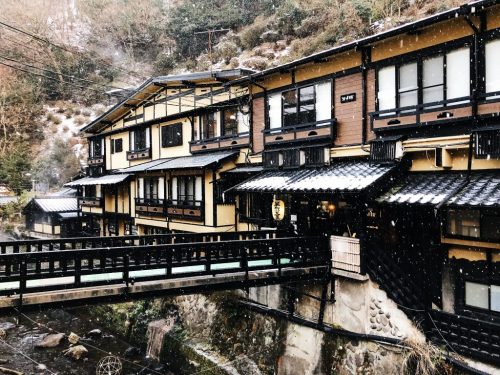
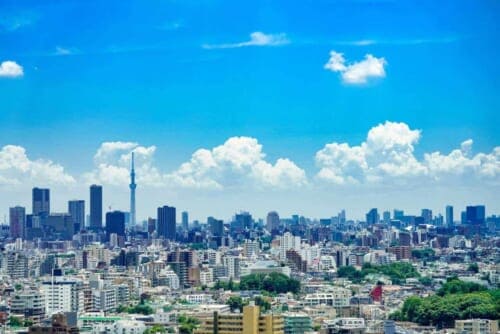
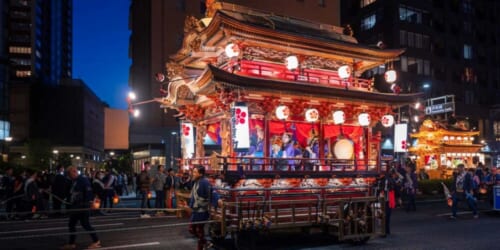
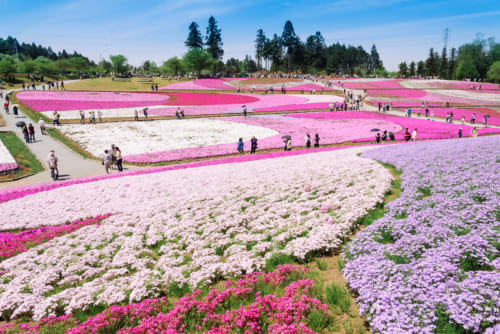


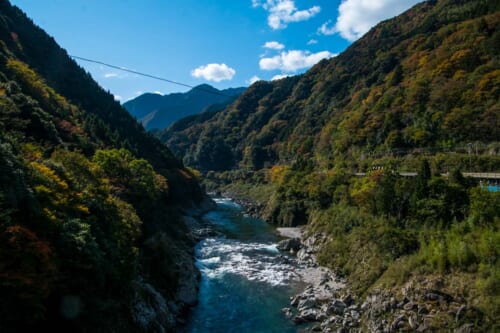
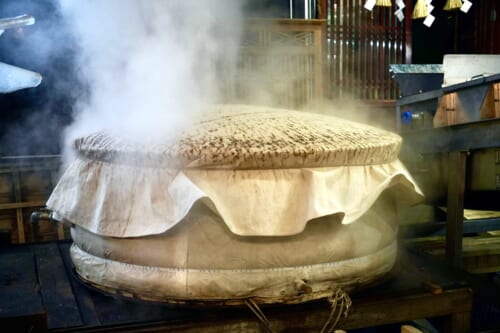


No Comments yet!